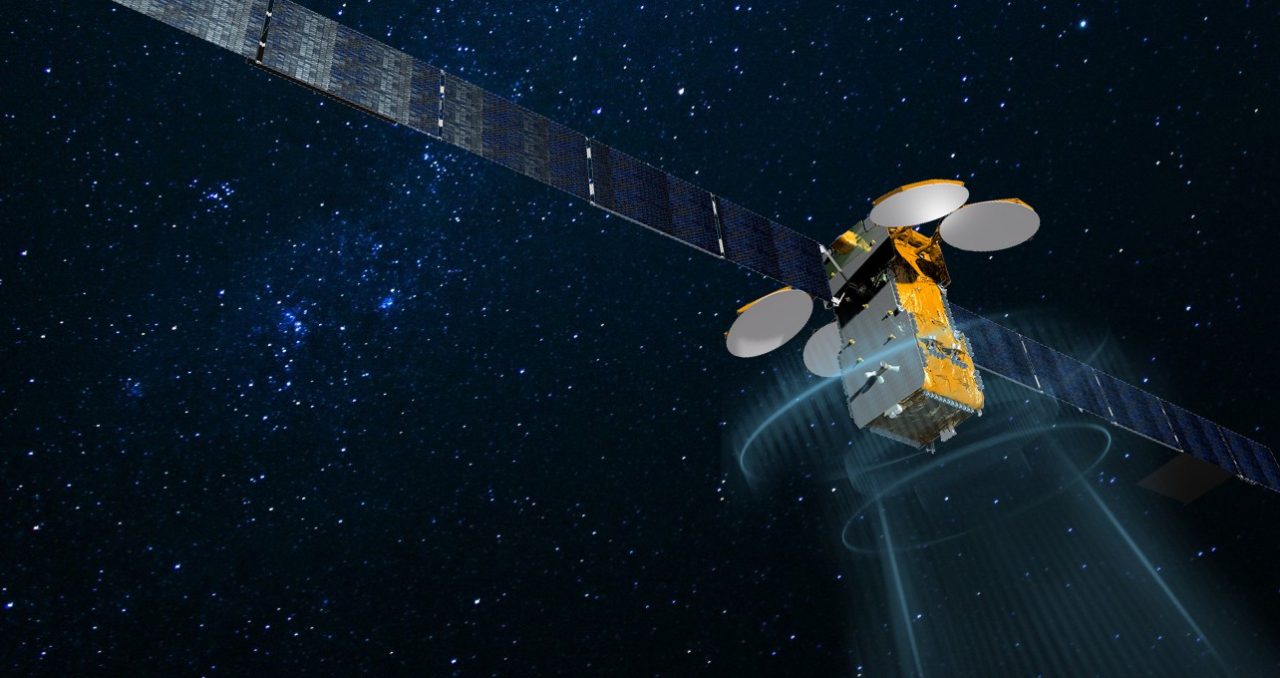Latest News

Rendition of a High Throughput Satellite (HTS). Photo: Isotropic Systems.
Isotropic Systems has successfully completed testing its new antenna surface material. According to Isotropic, the technology will help create a low-profile antenna that can address vast swathes of enterprise and consumer level broadband markets that have been inaccessible because of today’s high terminal costs.
The company foresees lowering manufacturing costs by approximately 90 percent from the cost of producing conventional phased array and flat panel antennas. This shift will enable mass-market broadband connectivity for consumers and enterprises, fixed and mobile, in both Ku- and Ka-band, the company stated.
Isotropic’s antennas can simultaneously connect with several different satellites without increasing cost or complexity, taking advantage of electronic beam steering. The antenna material tests demonstrated exceptional radio performance and will help distribute high bandwidth at breakthrough pricing from High Throughput Satellites (HTS) and global networks.
“The vast opportunity to satisfy large swathes of existing and new demand for satellite data, mobility and broadband services requires the price of mobile tracking antennas to be one-tenth that of existing systems. The opportunity is huge, both for Isotropic and the HTS players. If the total cost of ownership is low enough then the industry can enter into a new period of unprecedented growth. Our design is aimed at meeting those required price points,” said John Finney, Isotropic president and Chief Executive Officer (CEO).
Get the latest Via Satellite news!
Subscribe Now